Harry Potter and the Philosopher's Stone to be republished with illustrations
John Walsh wonders why such productions ever fell out of favour – and if this is part of a revival
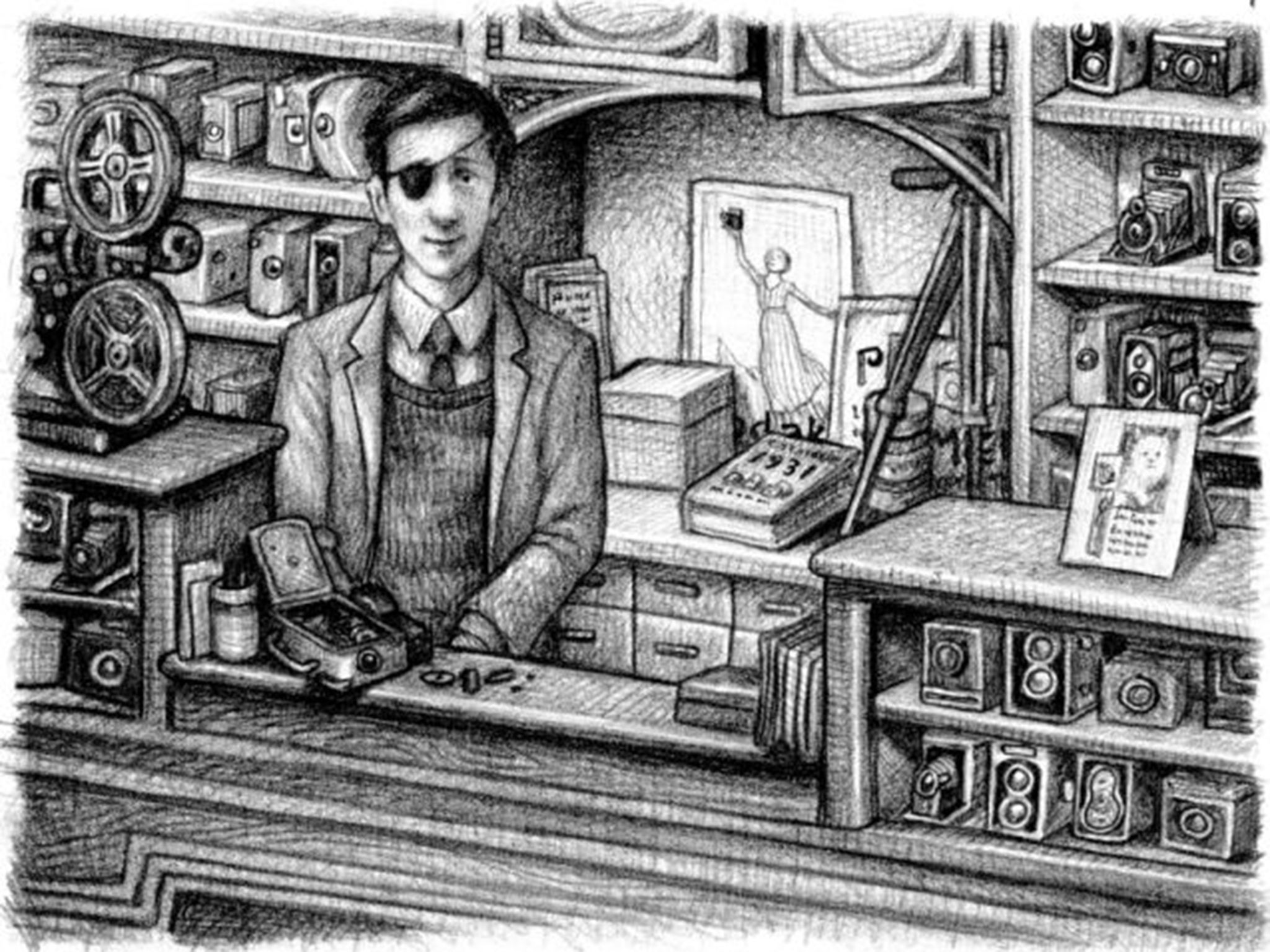
Your support helps us to tell the story
From reproductive rights to climate change to Big Tech, The Independent is on the ground when the story is developing. Whether it's investigating the financials of Elon Musk's pro-Trump PAC or producing our latest documentary, 'The A Word', which shines a light on the American women fighting for reproductive rights, we know how important it is to parse out the facts from the messaging.
At such a critical moment in US history, we need reporters on the ground. Your donation allows us to keep sending journalists to speak to both sides of the story.
The Independent is trusted by Americans across the entire political spectrum. And unlike many other quality news outlets, we choose not to lock Americans out of our reporting and analysis with paywalls. We believe quality journalism should be available to everyone, paid for by those who can afford it.
Your support makes all the difference.When the first fully illustrated version of Harry Potter and the Philosopher's Stone hits the nation's bookshops on 6 October, some readers might be forgiven for thinking they've seen the pictures already. The first of JK Rowling's world-conquering novels about a wizard school and its inhabitants has been given such visual solidity through the movies, the merchandising and the Potterworld website (not to mention the maturing faces of the three main characters seen on press and television), it's hard to imagine a time when they were just words on a page.
And while the illustrator of the new edition, Jim Kay, has brought a gorgeous, grainy, Rackham-ish texture to the interiors, he has stuck closely to the filmic incarnations of the characters: his Hagrid is definitely Robbie Coltrane, his Draco Malfoy is clearly related to the young Tom Felton – though Harry himself, as pictured here, is decidedly not Daniel Radcliffe but someone much more weedy and vulnerable.
The new edition will be tricked out with luxurious paraphernalia – illustrated endpapers, head and tail bands, a ribbon bookmark and artwork on every spread. The publisher, Bloomsbury, is vehemently presenting the book as a classic – and an old-fashioned one, from the days when all books were produced like that. It will make some readers ask: why aren't more children's books illustrated these days?
Books for babies are almost entirely primary-colour pictures. Storybooks for 5-to-8 year-olds feature jolly illustrations on every page. But look at the 9-12 selection of children's books, and – once you've got past the madly colourful covers – it's a pictorial desert inside. Like the Potter books (which fit firmly in the 9-12 age-slot) it offers pages of unrelieved grey type.
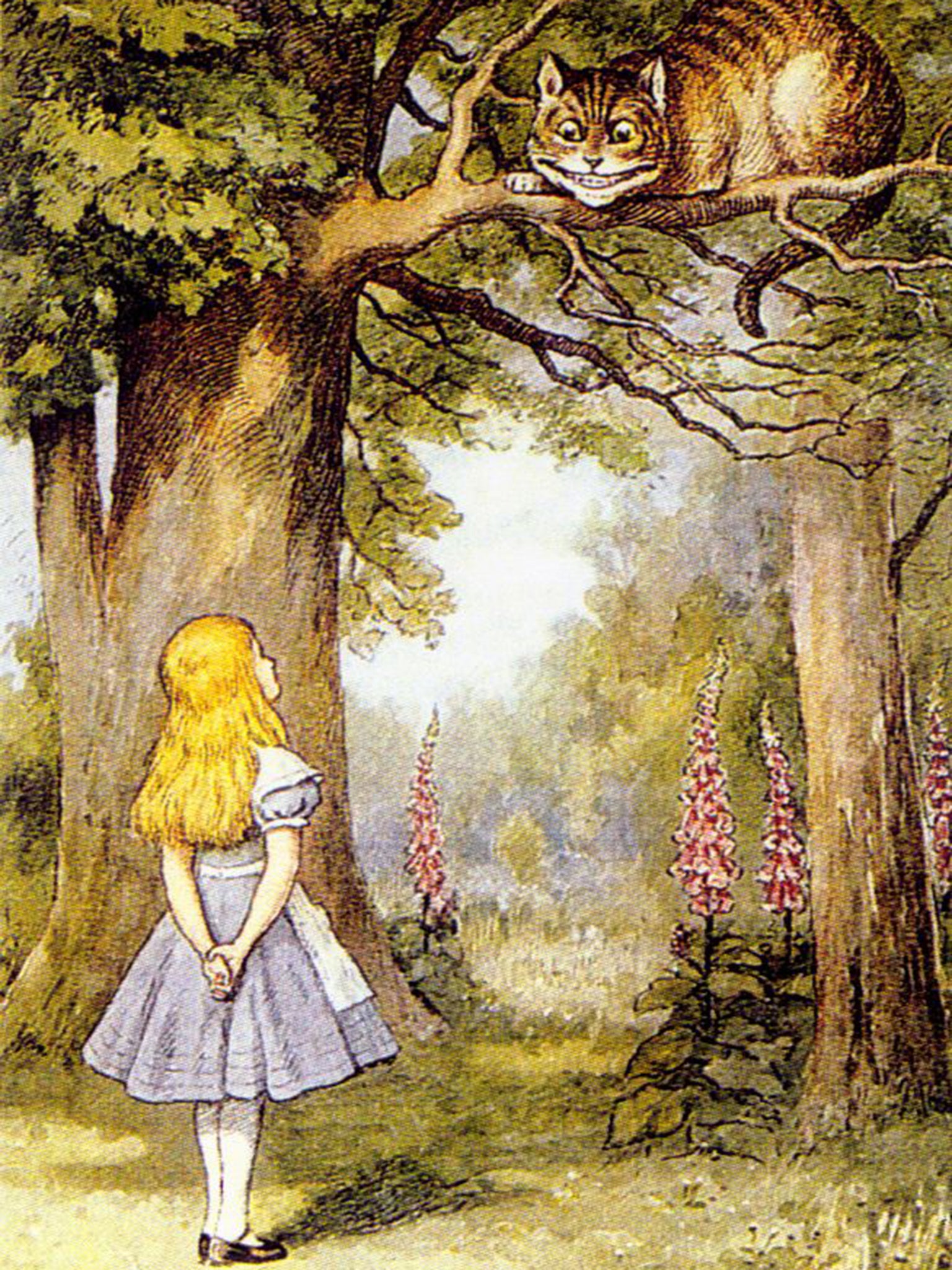
How did children's books get like this? Until the 19th century, books for young people tended to be moralistic homilies or crude chapbooks of nursery rhymes. But the late-Victorian surge of stories told just for children's pleasure – Little Women, Black Beauty, Treasure Island, Alice's Adventures in Wonderland, Little Lord Fauntleroy, Kidnapped, King Solomon's Mines – were illustrated as a matter of course, to give young readers a handrail of comprehension through the text and help them imagine what Blind Pew or the March sisters looked like.
In this golden era, some of the most dazzling artists of the century – Walter Crane, Randolph Caldecott, Richard Dadd, Edward Dulac, Rackham himself – clamoured to illustrate new story-books and new editions of Grimms' and Hans Christian Andersen's fairy tales.
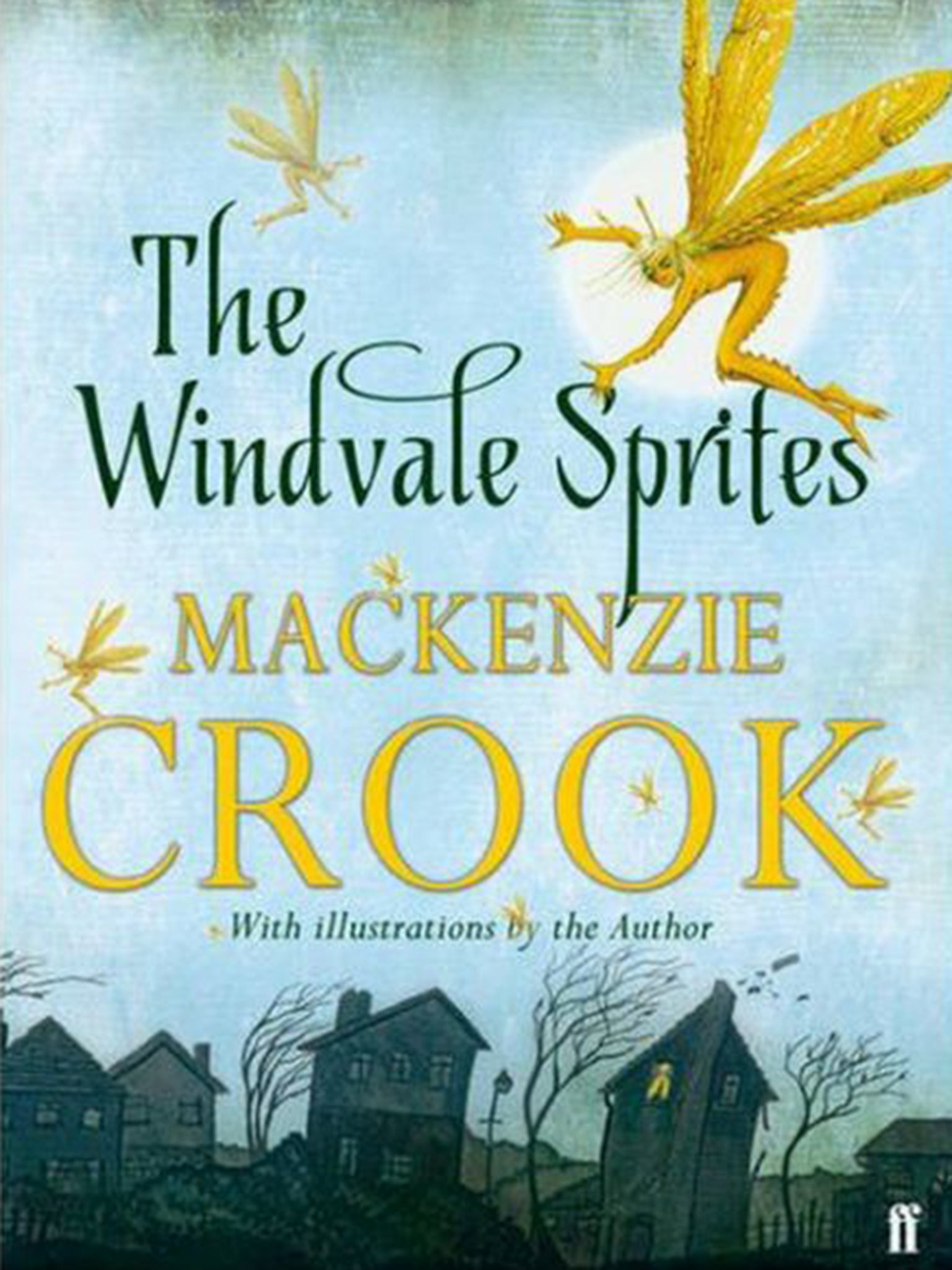
It shouldn't be a heresy that books for 9-12s need pictures – not just to illuminate the plot every 20 pages, but to enliven the experience of reading. In the digital world of constant visual distraction, one cannot expect the average 10-year-old to negotiate a frozen sea of paragraphs without some visual corollary. I was glad to find, in my local bookshop (expertly steered by Janice the Children's Books expert) signs that the Potter illustrations are part of a trend.
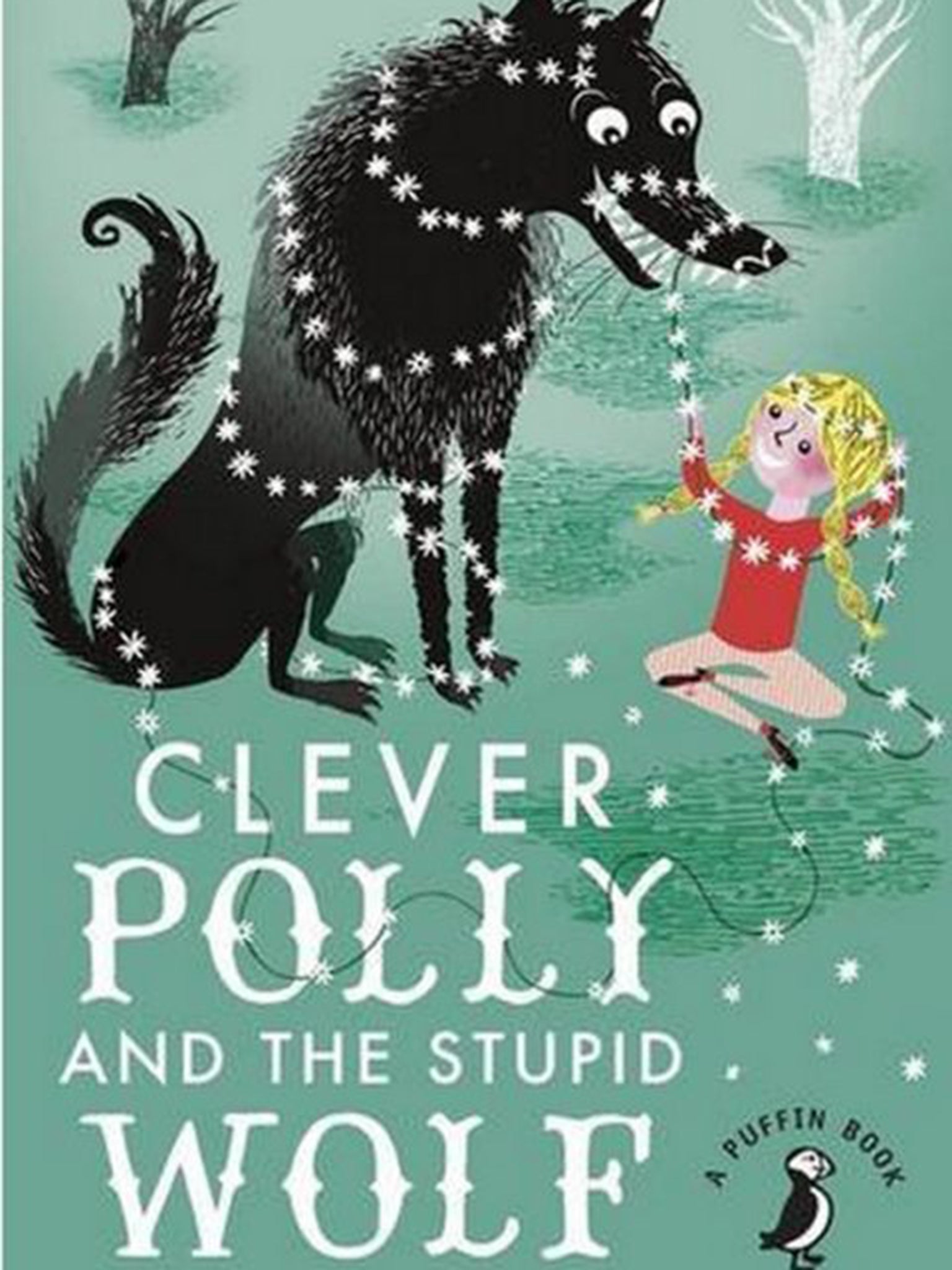
The Windvale Sprites, the first book by Mackenzie Crook, the actor from The Office and Pirates of the Caribbean, is a terrific story lifted by Crook's witty and accomplished Edward Gorey-ish illustrations. Brian Selznick's beautiful charcoal drawings enliven The Invention of Hugo Cabrett like a superior Gothic graphic novel (it won every US prize going in 2007.)
Francois Place's delicate watercolours add an extra-poignant dimension to a special edition of Michael Morpurgo's War Horse. Cressida Cowell's How to Train Your Dragon books fill every spread with scales and fangs and typographical jeux d'esprit. Shane Hegarty's Darkmouth offers a gallery of hideous monsters for the nervous pre-teen to inspect.
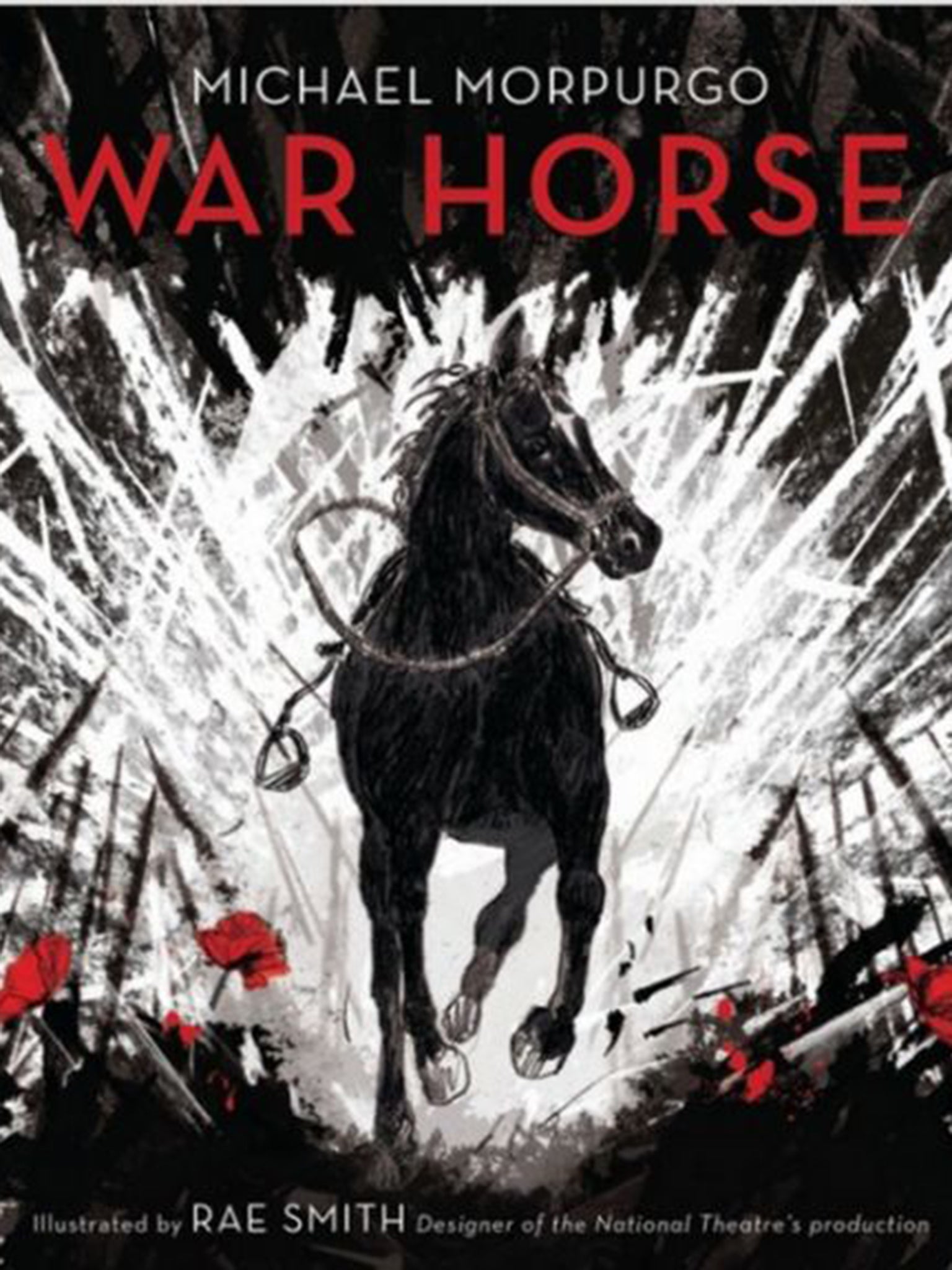
Purists may complain that book illustrations infantilise children and stop them using their imaginations. I think back to my childhood and remember how pictures invariably embedded my imagination even further in the story until I couldn't leave it. Bring the pictures on, I say.
Whatever makes the reading experience more pleasurable for a new generation of Harry-olators is fine with me.
Join our commenting forum
Join thought-provoking conversations, follow other Independent readers and see their replies
Comments